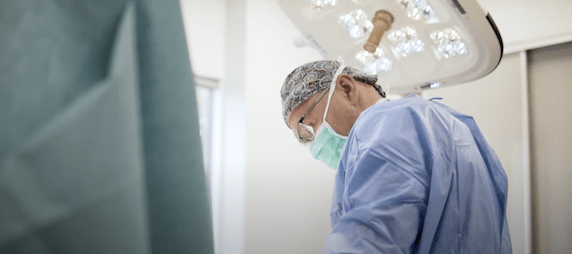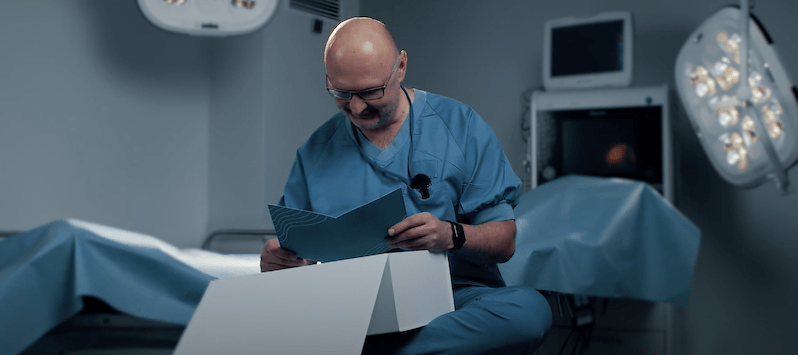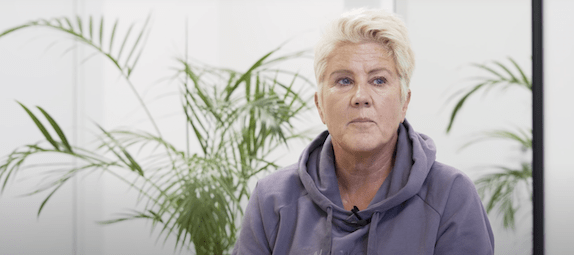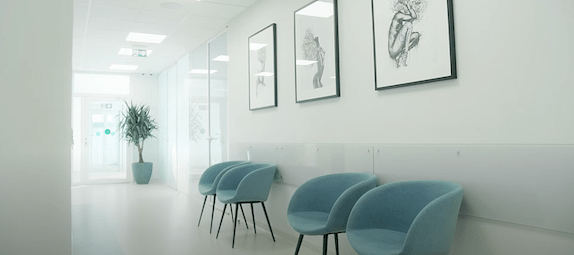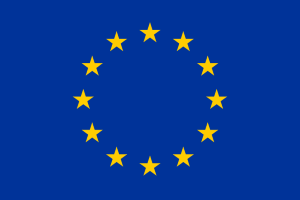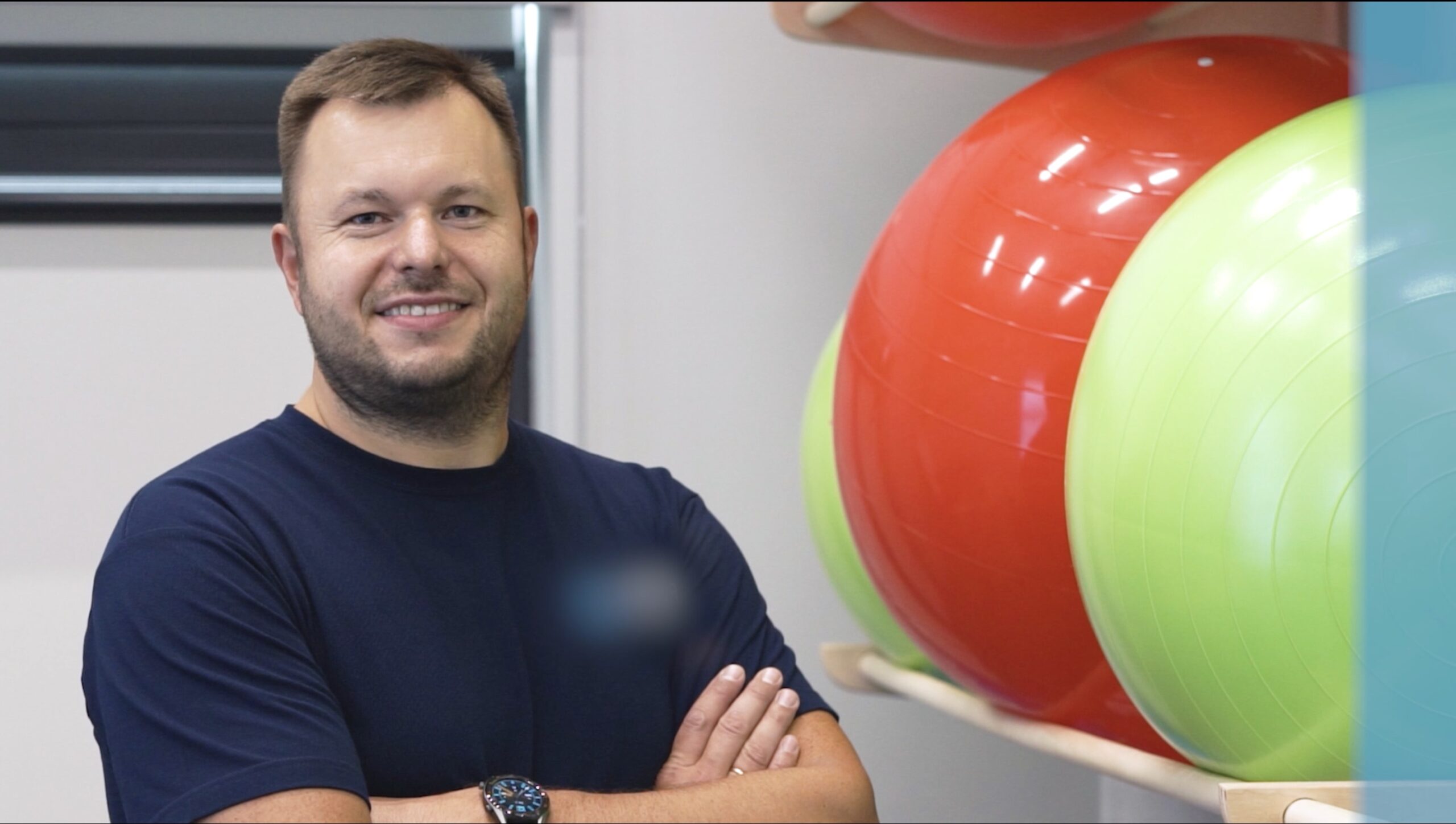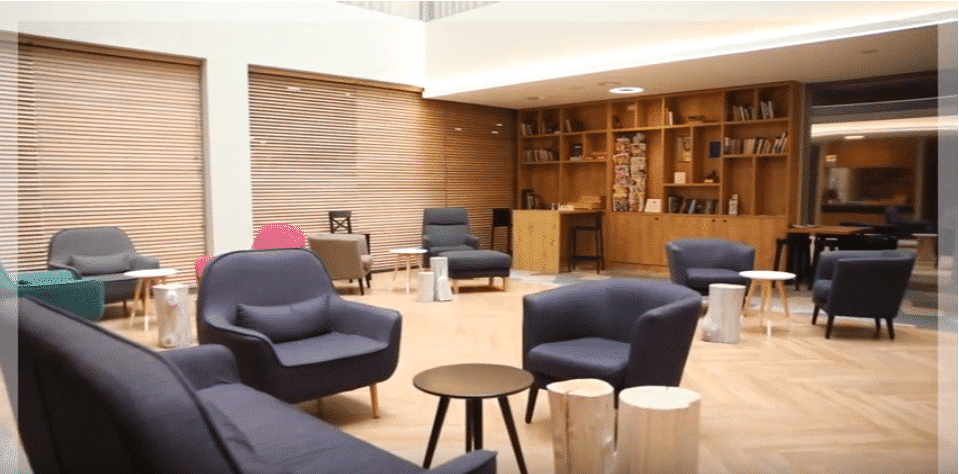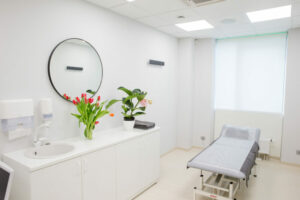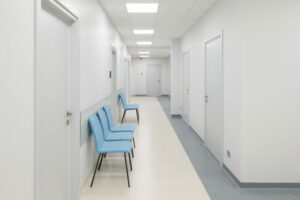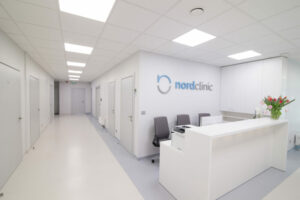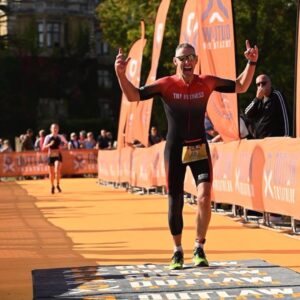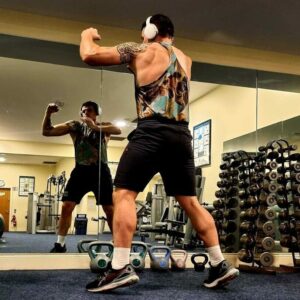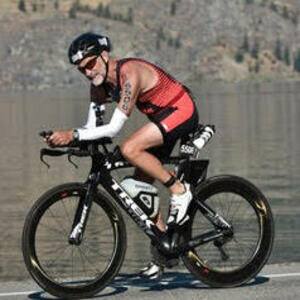Wrist Arthroscopy Abroad: Lithuania
Price in GBP
Price in EUR
- Wrist arthroscopy – 1.850 £
- Wrist osteotomy – 4.130 £
- MRI performed in 1 day – from 155 £
- accommodation with medical care – from 49 £ per night
- consultation with the surgeon
- necessary health tests
- surgery
- anaesthesia
- hospitalisation
- 24/7 personal assistance during your stay
- transfers to / from the airport, hotel and clinic
- all documents translated to English
Get your surgery for free by claiming a refund from your local health board. The clinic helps patients with the documents needed to claim a refund after following the EU directive route for medical treatment abroad. It applies to patients who are insured under the systems of one of the EU countries and may not get the surgery due to long waiting times.
- Wrist arthroscopy – 2.100 €
- Wrist osteotomy – 4.660 €
- MRI performed in 1 day – from 180 €
- accommodation with medical care – from 59 € per night
- consultation with the surgeon
- necessary health tests
- surgery
- anaesthesia
- hospitalisation
- 24/7 personal assistance during your stay
- transfers to / from the airport, hotel and clinic
- all documents translated to English
Get your surgery for free by claiming a refund from your local health board. The clinic helps patients with the documents needed to claim a refund after following the EU directive route for medical treatment abroad. It applies to patients who are insured under the systems of one of the EU countries and may not get the surgery due to long waiting times.
Testimonials









Reviews & Facebook group
As seen on
Clinic videos
Nordorthopaedics Center Of Excellence

Our surgeon Arnoldas Sipavicius
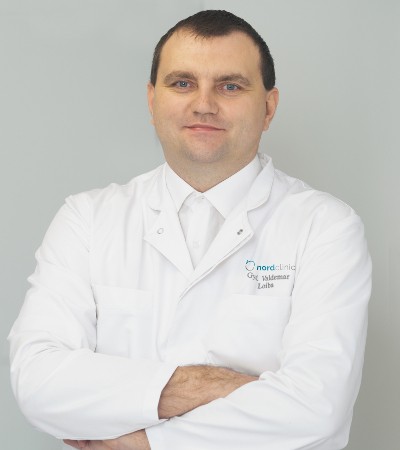
- More than 10 years of experience
- Specialises in arthroscopies, osteotomy surgeries and knee deformities
- ATLS Certificate
- Read more
Refund for EU patients
Get your surgery for free by claiming a refund from your local health board. The clinic helps patients with the documents needed to claim a refund after following the EU directive route for medical treatment abroad. It applies to patients who are insured under the systems of one of the EU countries and may not get the surgery due to long waiting times. On average our patients from the EU countries get fully refunded by their local health board in 5 months after their surgeries.
Rehabilitation packages
One of the most important factors for a quick and full recovery after surgery is proper rehabilitation. Rehabilitation helps recover after surgery as well as prevents formation of blood clots and helps avoid most of the postoperative complications and side effects. We offer two different rehabilitation packages:
Outpatient rehabilitation in Kaunas with a physiotherapist. The rehabilitation clinic is equipped with modern facilities. Individual rehabilitation programs are prepared by a kinesiologist with over 20 years of experience, Prof. Laimonas Siupsinskas. This type of rehabilitation is best suited for people who are physically active, athletes and those wishing to return to sports as soon as possible.
Rehabilitation in Kaunas – € 120 / £ 100 for one 1 h physiotherapy session per day.
- personalized rehabilitation course;
- specialist who is also a physiotherapist for Lithuanian Men’s National Basketball Team;
- all required medication;
- transportation to/from the rehabilitation clinic;
- read more about outpatient rehabilitation in Kaunas.
Inpatient rehabilitation at SPA resort in Druskininkai. It is equipped with modern facilities. The professionals there have years of experience working with people after various surgeries and injuries.
Rehabilitation at SPA resort in Druskininkai – from € 220 / £ 183 per day
- personalized rehabilitation course;
- room with TV and private bathroom;
- three meals a day;
- all medication needed;
- transportation to/from the rehabilitation centre;
- read more about inpatient rehabilitation in Druskininkai.
Our clinic
What sets us apart from other clinics?
Our clinic works with highly professional and educated surgeons. They have 10-20 years of experience in the field of orthopaedic surgery. They each perform 500 surgeries per year. Moreover, our surgeons are members of various prestigious surgical societies both Lithuanian and international. Our joint replacement surgeon S. Tarasevicius is an author of 150 scientific publications in different medical journals. Find more information about our surgeons here.
Our clinic works according to the highest standards set by the European Union. This helps to guarantee the quality of medical service.
During your entire stay in Lithuania you will receive personal care as well as transport to and from the clinic, hotel, and airport. You will not have to worry about a thing. You will be assisted from the moment of plane landing in Vilnius or Kaunas airport till your departure.
We have no waiting line so we can schedule your surgery as soon as you are ready to do so.
Everyone in our clinic speaks English, including nurses, assistants and the surgeon.
2-3 hour regular flights operate from all main airports in the UK & Ireland. Lithuania is closer than you thought. You can find the list of direct flights here. Please note that airlines constantly add new flights and new destinations, therefore feel free to contact us if you need help choosing the flight that suits you best.
Lithuania has been a part of the EU and NATO since 2004. Lithuania has one of the fastest growing economies in the whole region and the second fastest internet speed in the world. Lithuanian medical schools have trained many medical professionals who are highly appreciated and employed by many foreign hospitals, among which hospitals in the UK. Our clinic works according to the highest standards set to the medical institutions by the European Union.
Athletes treated at Nordorthopaedics
Our clinic uses implants based on their performance in international registries.
Being a true member of the International Society of Arthroplasty Registries, Lithuania is one of the leaders in low joint replacement revision rates, as only 9% of surgeries in Lithuania require revision in 10 years after surgery. Moreover, with the implants used at our clinic, only 2-3% of surgeries require revision in 10 years after surgery, while revision rates in some other Western countries, for example, USA, is as high as 17% in 10 years after surgery. The implants used at our clinic have been evaluated by other countries’ registries as those ensuring longest implant life, as compared to products of other manufacturers. Read more here.
Direct flights to Lithuania





What is it?
Arthroscopy is a common surgical procedure which allows doctors to look and perform the surgery inside the joint without opening it. The main pieces of equipment necessary for this type procedure involve an arthroscope (a fiber-optic instrument with a light and camera at the end) and a TV monitor. The arthroscope transmits images from the inside of the joint into the TV monitor enabling the surgeon to inspect and repair your joint with a minimal risk of complications.
Who needs wrist arthroscopy?
Wrist arthroscopy can be used as a diagnostic or therapeutic procedure. It is very beneficial in patients who suffer from persistent pain and limited wrist motion. It is also useful when the conservative treatment (anti-inflammatory medications, steroid injections and immobilization) is not effective. Arthroscopy helps in diagnosing such wrist conditions as cartilage decrease, ligaments lesions, ganglion (a cyst in a joint capsule filled with a jelly-like fluid) and synovitis (inflammation of the membrane producing lubricating liquid). Moreover, arthroscopy is an irreplaceable therapeutic tool in the treatment of triangular fibrocartilage complex lesion, distal radius fracture, ganglion or loose bodies removal, CMC joint (carpometacarpal joint which is located at the base of the thumb) arthritis and carpal tunnel syndrome.
How is it performed?
As any type of surgery, wrist arthroscopy is carried out under anaesthesia. Typically, general or regional anaesthesia is administered. When the patient is under general anaesthesia, he is fully asleep and breathes through a tube inside the throat. If regional anaesthesia is used, the patient is awake but sedated and the hand is completely numbed. At the beginning of the procedure the surgeon makes several tiny incisions in the wrist area. Then he or she inserts the arthroscope and all the other required instruments through those incisions. Firstly, the surgeon observes the joint and diagnoses the disease. All images from the inside of the wrist are seen on the TV screen. Secondly, after identifying the problem, the surgeon uses various techniques and surgical tools (probes, scalpels, shavers and forceps) to repair it. At the end of the surgery, the incisions are closed and covered with a sterile plaster.
What to expect after wrist arthroscopy?
In order to protect your wrist, the doctor will wrap it in a special bandage or splint. You may feel some pain but keeping your hand elevated, resting, ice and mild painkillers are usually enough to relieve it. Also, you should remember to keep the surgical wounds clean, covered and dry. Recovery period varies from couple of days to a couple of weeks or months, depending on the previous wrist condition or injury.
Are there any risks?
Wrist arthroscopy is considered to be a safe procedure with a minimal risk of complications. However, there are some possible risks including infection, nerve injury, excessive bleeding or swelling, scarring and tendon tearing. Generally, complications are rare and most of them resolve over time.
13 patients' case studies
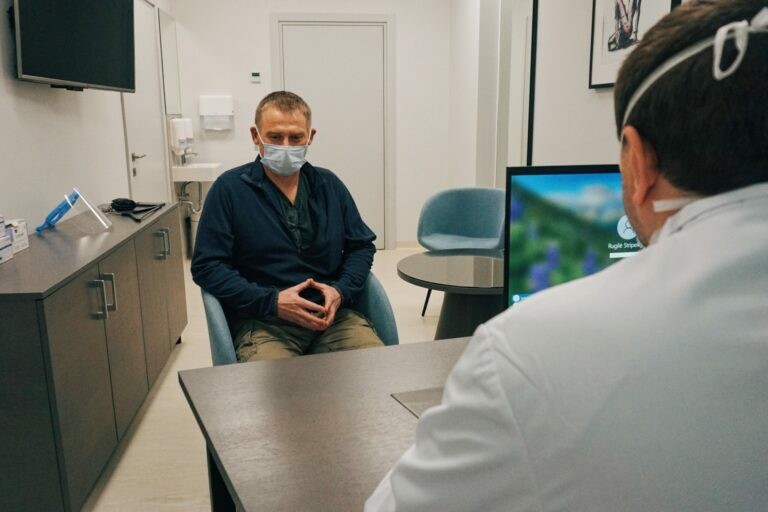
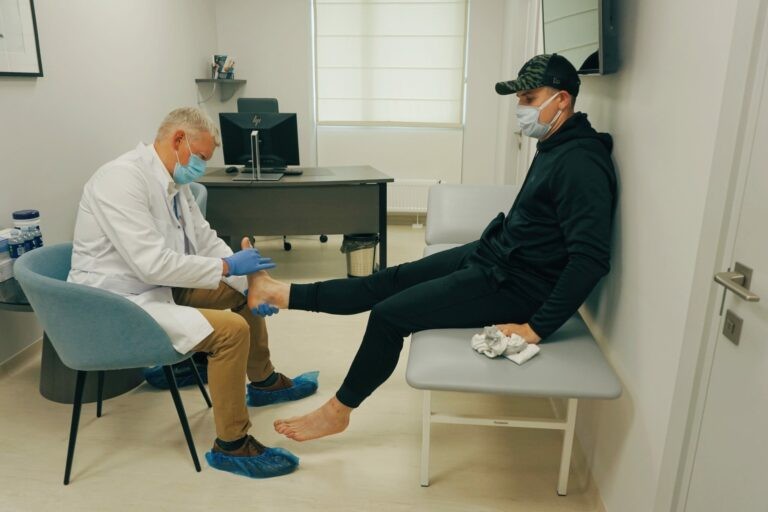
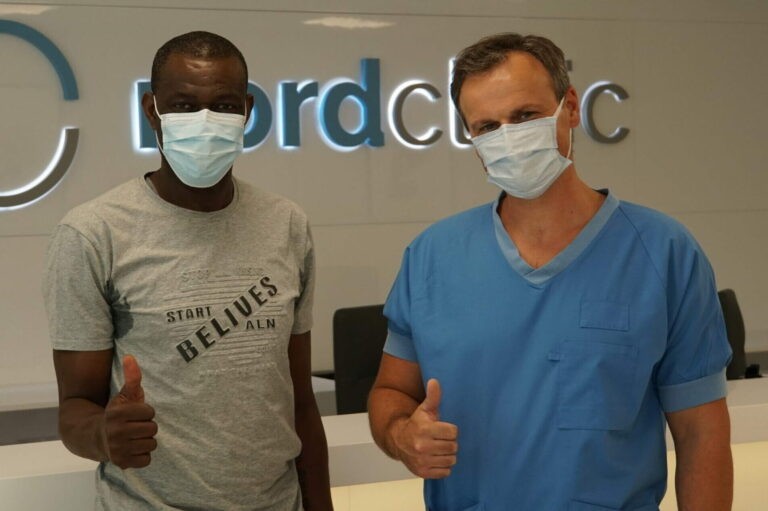
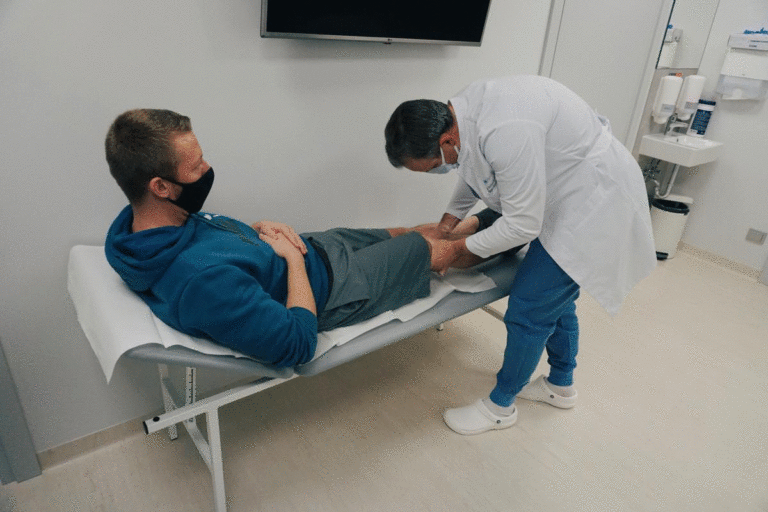
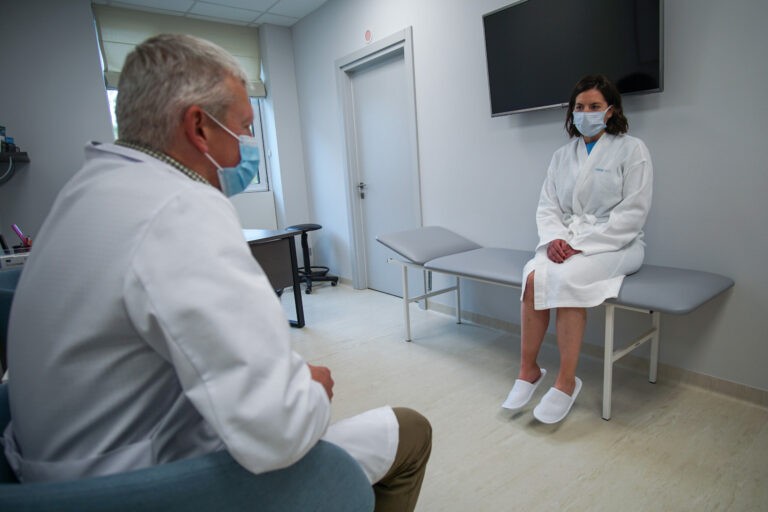

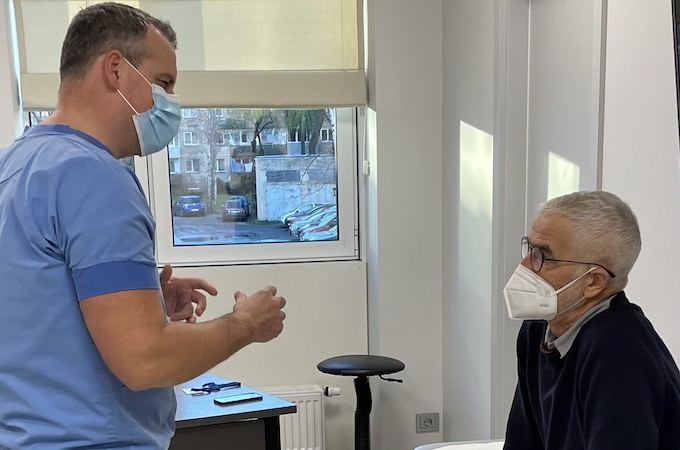
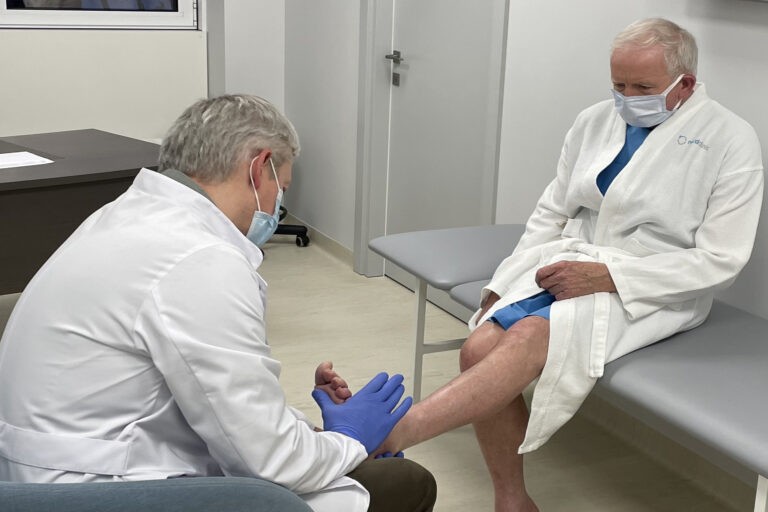
Send us your enquiry

